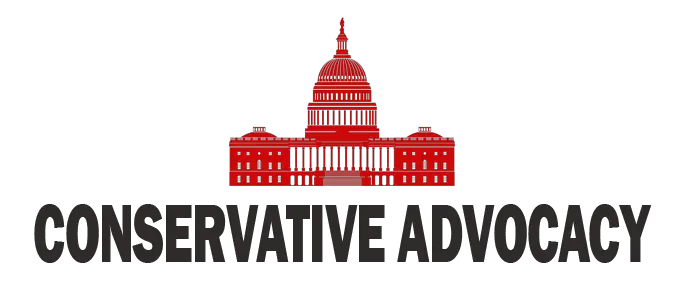In Washington, D.C., the crime rates have taken a significant dive, thanks to what many are calling a bold approach by the Trump administration. The streets of the nation’s capital have seen a 35% drop in violent crime compared to last year, a figure that hasn’t looked this good in over three decades. Not just a number to anyone living there, President Trump has once again stirred the pot by suggesting his strategies could be implemented in Chicago, a city that some claim is experiencing its own crime woes.
The President’s focus has been on reinforcing law enforcement and suggesting the deployment of the National Guard. He recently went to bat, calling out Illinois Governor JB Pritzker as “weak and pathetic” for his reluctance to accept federal military assistance. The mayor of Chicago has also expressed her disapproval, ordering city police to not cooperate with any plans to roll out National Guard troops. This is a classic case of a political tug-of-war, but the question remains—what happens when local leaders and federal authorities don’t see eye to eye?
Amid this storm of controversy, some leaders have welcomed federal agents but are hesitant about military involvement. Governor Gavin Newsom from California has proposed using state law enforcement—like the California Highway Patrol—to “tackle” crime without militarizing the streets. On the other hand, the Mayor of D.C., Muriel Bowser, who was initially skeptical about the surge of federal law enforcement, noted a remarkable 87% reduction in carjackings since the influx of federal officers. This surge has resulted in significant arrests and a notable seizure of illegal firearms, which are vital stats to consider, especially given the rising safety concerns across the country.
With the U.S. Attorney for the District of Columbia, Janine Piro, taking the lead in law enforcement efforts, the conversation about crime continues to heat up. Piro has stated that while crime statistics show progress, it’s essential to tackle the underlying issues and keep the streets safe. Arguing against critics who deem the heavy law enforcement presence as “overreach,” she insists that proactive measures must be taken to protect the public. This straightforward mindset underscores the seriousness of the crime battle in D.C., pushing back against a culture where crime has become an unfortunate norm.
Many argue that the best path forward is collaboration between local and federal forces. However, the reality is that while the crime numbers paint a hopeful picture in D.C., skepticism remains, as evidenced by pushback from local jurors and judges. There’s a palpable concern that some in judicial roles may just not grasp the severity of the crime issues at hand, which could stall the momentum of reform efforts. Piro is clear—her goal is to safeguard citizens, particularly vulnerable communities who are often the most affected by crime.
As cities across America watch closely, there’s a growing dialogue about how to address the rising violence. The stakes couldn’t be higher, as numerous communities are pleading for solutions that may include federal intervention. It appears that the Trump administration is poised to take action where many feel state and local leaders have fallen short. For now, the focus remains on watching and waiting to see if these measures lead to sustained changes in the landscape of public safety. In a time when so much hangs in the balance, the response to crime remains a hotbed of debate and a decisive factor for future elections.




